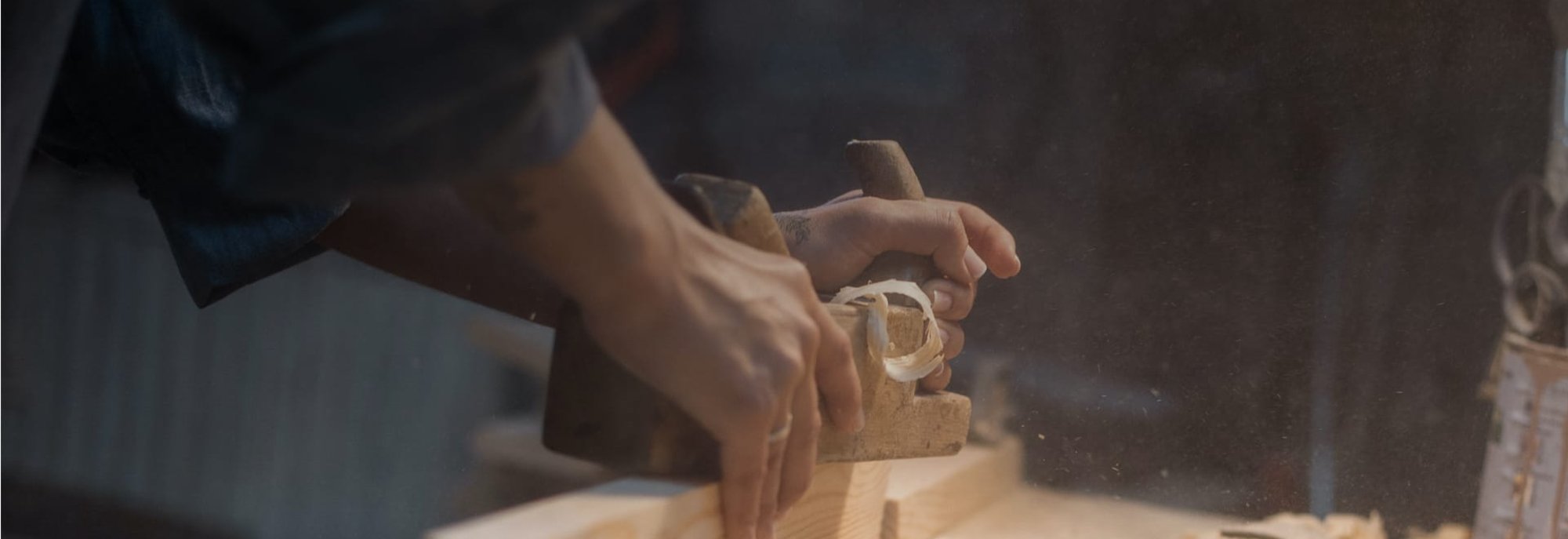

Preventive conservation deals with identifying risk factors and the proactive prevention of damage to valuable assets such as antique wooden furniture, sculptures, and other antiques. What exactly preventive conservation means in practical terms and how you can do it yourself, you will learn first-hand - from the certified wood and furniture conservators at ZRW Berlin.
Contrary to restoration, which focuses on restoring the original condition of art and cultural objects, preventive conservation aims at initiating preventive measures at an early stage to avoid damage in the long term. In other words, it is about preventing interventions. In preventive conservation, the focus is on the environmental conditions of an object.
Restoration usually involves interventional treatments, such as the replacement of ornamentation. Preventive conservation, on the other hand, is a permanent process for the long-term preservation of a work of art, object, or architectural monument. Key environmental factors in this discipline of conservation include the regulation of climatic variables such as temperature and relative humidity. In addition, the minimization of pollutants and light is of great importance. This may also include measures such as shielding an object from moisture or pests. In the case of a valuable carpet, it is important to limit exposure to light so that the textile dyes do not fade and pests such as moths do not settle in, as they ultimately destroy the fabric.
Within the framework of preventive conservation, our restorers at the Zentralen Restaurierungswerkstatt Berlin review the following parameters:
If you own a work of art, furniture, or collectible that is particularly valuable to you, please feel free to contact us. Our qualified furniture restorers in Berlin will advise you on how to guarantee ideal environmental conditions to protect your precious possessions.
To prevent interventions, you can also implement preventive conservation at home. As certified wood and furniture conservators at ZRW Berlin, we have extensive knowledge that we are happy to share with you. After all, much damage can be prevented based on good conservation conditions. Below, we provide expert tips on how to ensure the best possible environmental conditions for the long-term preservation of your highly valued object.

Good climatic conditions are essential to protect your furniture or antiques from damage. Relative humidity [rH%] of 50 to 60 percent and standard room temperatures are ideal. If there are deviations from these reference values, climate-related damage and damage mechanisms can set in. Typical damage includes stress cracking, woodworm or mold infestation, and detachment of individual elements.
Another important factor is the aspect of lighting. While preventive conservation in museums involves complex lighting scenarios, in private homes sunlight is most likely to pose a risk. Beautiful wooden furniture should be protected from UV rays as much as possible. Depending on the amount of light coming through your windows, be careful not to leave your wooden furniture exposed to the sun for too long. Even though modern window glazing usually ensures UV protection, the infrared heat can still cause the dark wooden furniture to heat up considerably. This may lead to premature aging of the material, caused by the constantly changing volume.
Especially outdoors, it is important to protect precious objects from the elements. Rainwater and sunlight are the main causes of damage to outdoor furniture. Prevent this by installing a protective canopy to protect against excessive sunlight and precipitation. In addition, it is advisable never to bring such an object in direct contact with the ground - too great is the risk of moisture penetrating the piece of furniture, causing damage. In such a case, this may require conservation to preserve the object.
To enjoy your precious pieces of interior decoration for a long time, you should follow a few rules for their care. Remove dust with a cloth. To remove residues and dirt, use a piece of moistened cloth (not wet!). Wooden furniture can be cared for using special oils depending on the type of wood. If you want to know how to properly care for your furniture or antiques, our restorers from the Zentralen Restaurierungswerkstatt Berlin are happy to assist you.
Climate change leads to extreme weather conditions such as heavy rain or tropical summer days. It is not uncommon for apartments and houses to flood due to the changing weather, and fires also occur from time to time. It is important to consider measures for the safekeeping of your treasured possessions. Fire detectors or detectors for water intrusion and gas are valuable investments. Regardless of weather-related damage, protection from burglary might also play an important role.